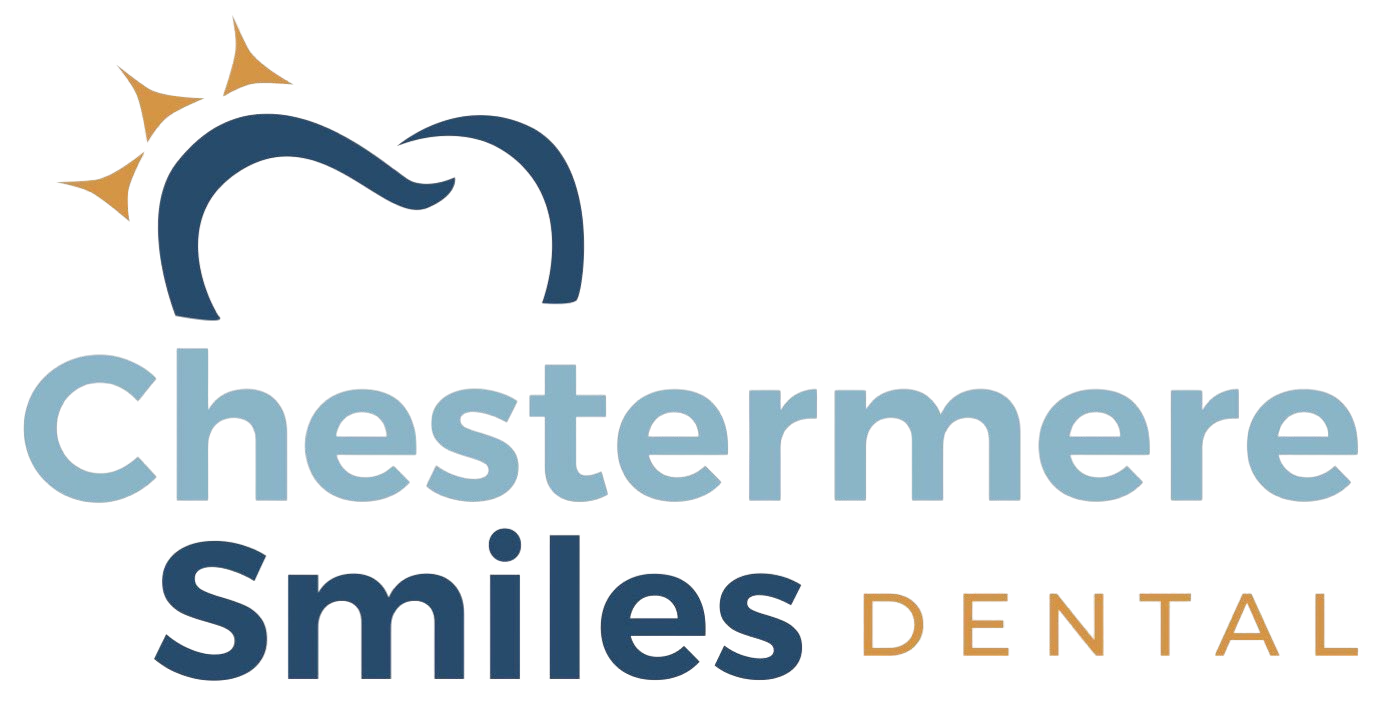Getting rid of cavities once and for all may just be the greatest thing that will ever happen to dental care, but is it even possible? Recent innovations in dental technology have led to the development that may very well put this goal clearly on the map. The years spent investing countless hours and resources into understanding the processes of decay and disease in the oral cavity have led to this creation. If you’ve ever wished there was a way you could avoid the risk of developing cavities altogether, keep reading.
What We Know About The Development And Prevention Of Cavities
One of the major foci of dental research in the past decades has been into the development of cavities and the methods we can use to put an end to it. We still don’t know everything about the intricacies of dental health, but we’ve come a long way in our understanding. What is certain is the role streptococcus mutans plays in how we develop cavities and what helps tartar and plaque form on our teeth. We have also learned that the mutans bacteria are not alone in our mouths but are in the company of over 300 different varieties of bacteria. Many of these bacteria play important roles in our oral health, while others are merely harmless.
- White Spot Lesions: Appearing as patches of cloudy white material on the teeth, white spot lesions are typically the result of demineralization. In some cases, an excess of fluoride can be blamed, but this is much less common.
- Weakening Of Enamel: Once these lesions are in place, there are weak spots where tooth decay can take hold. As these lesions begin to pit with the loss of material, cavities begin to form. The first step is the enamel getting thinner.
- Dentin Decay: Beneath the enamel is a softer, porous, yellow material known as dentin. When dentin begins to be affected by decay, the tooth can become sensitive to temperature.
- Pulp Infections: At the heart of our teeth can be found the fleshy pulp, where the nerves and blood vessels of the tooth can be found. Bacteria finding their way into this inner chamber can cause infection and, with it, excruciating pain. Root canals are usually called for to handle this.
- Abscess Formation: Once decay has advanced to this point, it’s possible for pockets of infection to form in the gum line. Known as abscesses, these pustules can prove dangerous to the bones of the jaw and even to our lives if the infection gets into the bloodstream.
The mutans bacteria is responsible for the majority of the above process. While it would seem like the best answer to this would be to eliminate the mutans bacteria entirely, the only available processes for doing so would wipe out the healthy bacteria as well.
How A Future With No Cavities May Be Possible
So what is this magic cure that may make cavities a thing of the past? It’s a substance that was developed at a University whose research was published in the Journal of Inorganic Biochemistry. A cerium oxide solution was created that was able to suppress the formation of 40% of all biofilm on the teeth and the ability of the mutans bacteria to survive in our oral cavity. 40% may not be 100%, but it’s a strong step in the right direction.


